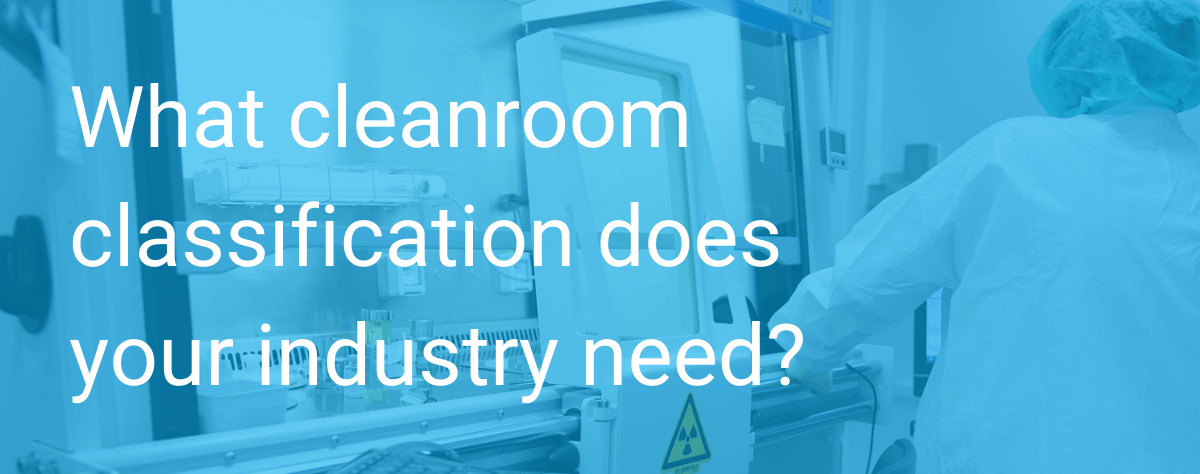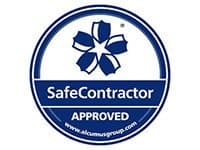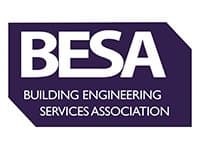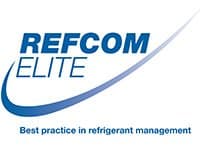
Cleanrooms are used by across a broad range of industries where small particles and changes in temperature can affect the manufacturing process. Cleanrooms regulate temperature, humidity and tolerance of acceptable temperature change within an area as well as managing the affect of small particles on the manufacturing process. They differ in size and complexity and are extensively used in the automotive, Microelectronic and Nanotech as well as the medical device industries.
These industries tend to require different cleanroom classifications dependent on their needs, and this guide explores this.
Cleanroom classification explained
Cleanrooms are classified by how clean the air is. Standards classify a cleanroom by the number of particles found in the laboratory’s air. In the UK, BS EN ISO 14644-1 is used to classify cleanrooms.
In short, the cleanest possible cleanroom is a class 1 and the least clean while remaining defined as a cleanroom is a class 9.
Automotive industry cleanrooms
The automotive industry relies on many rigorous manufacturing processes and has embraced the use of a cleanroom during manufacturing as it results in far less defects and higher standards of Quality Control. Auto processes such as painting, glass coating or manufacture of electrical components are now undertaken in specialist cleanrooms, and as pressure, temperature and humidity are important, they are usually within the ISO cleanroom classification of Class 7 or Class 8.
Microelectronic and Nanotech cleanrooms
Due to the nature of the nanotech/microelectronic manufacturing process, it is not always easy to identify defects until the product is completed. Historically the manufacturing process resulted in considerable wastage.
Consequently, the Microelectronic and Nanotech industries have embraced cleanrooms to control humidity, temperature, particulate, static and pressure levels throughout the entire manufacturing lifecycle.
Cleanroom classification for the microelectronic and nanotech industry often ranges between ISO Class 1 through to Class 6.
Medical Device Cleanrooms
When building medical device cleanrooms, attention is needed to the specifics of the industry. That is, often the major risk of contamination to the product is humans, so additional levels of protection need to be implemented to prevent this. Consequently, cleanliness needs to be classified accordingly to both the product and in defining personal protocols.
Although pharmaceutical cleanrooms are often more regulated in their requirements for gloves, hairnets, gowns and booties, medical device cleanrooms still focus on protocol and cleaning as they aim to eliminate surface contamination on the medical device.
Typically medical device cleanroom classifications falls between ISO Class 7 and Class 8.
Cleanroom design and installation?
If your business needs a cleanroom to improve the manufacturing process it is important to speak to the experts about your own specific requirements.
Throughout the whole cleanroom project lifecycle from requirements, design, manufacture and installation, a specialist cleanroom company will ensure your needs are met in compliance with industry best practice and regulations.
Whilst cleanrooms need to be installed to the highest possible standard, costs can be controlled by careful project management so you can find a solution for your cleanroom needs.
Total Environmental Kooling are experts in cleanroom installation, design, maintenance and repairs. For 20 years TEK have been designing cleanrooms using a variety of technologies to create bespoke solutions for customers all over the world. To find out how we can guide you through the process call us today on 01179 523355 or use our contact form to receive a quick response.






